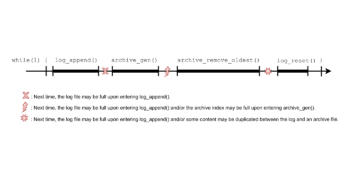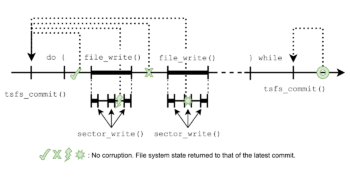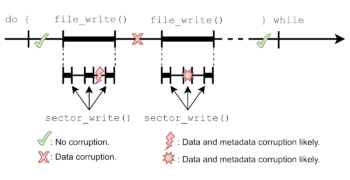The Case for Serial NAND in Embedded Applications
QSPI NAND is a memory technology specifically designed as a direct alternative to its popular cousin, QSPI NOR. But what exactly is QSPI NAND? How does it compare to QSPI NOR? How does it compare to parallel NAND? This is what this article is all about.






